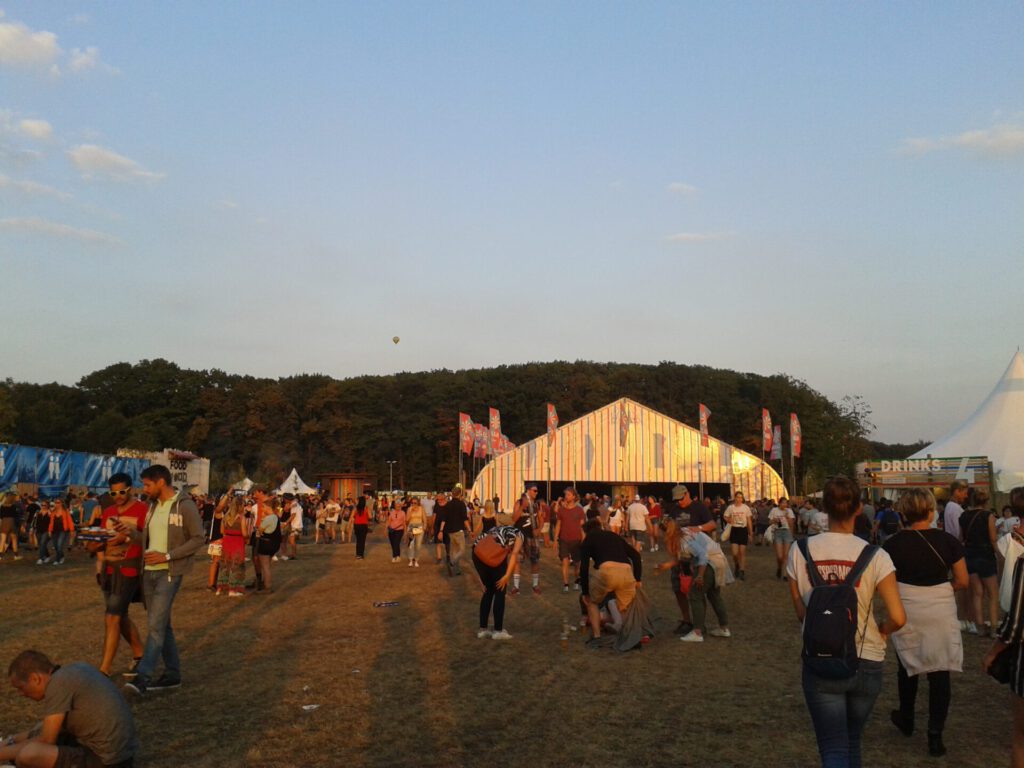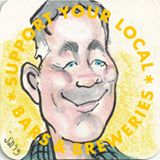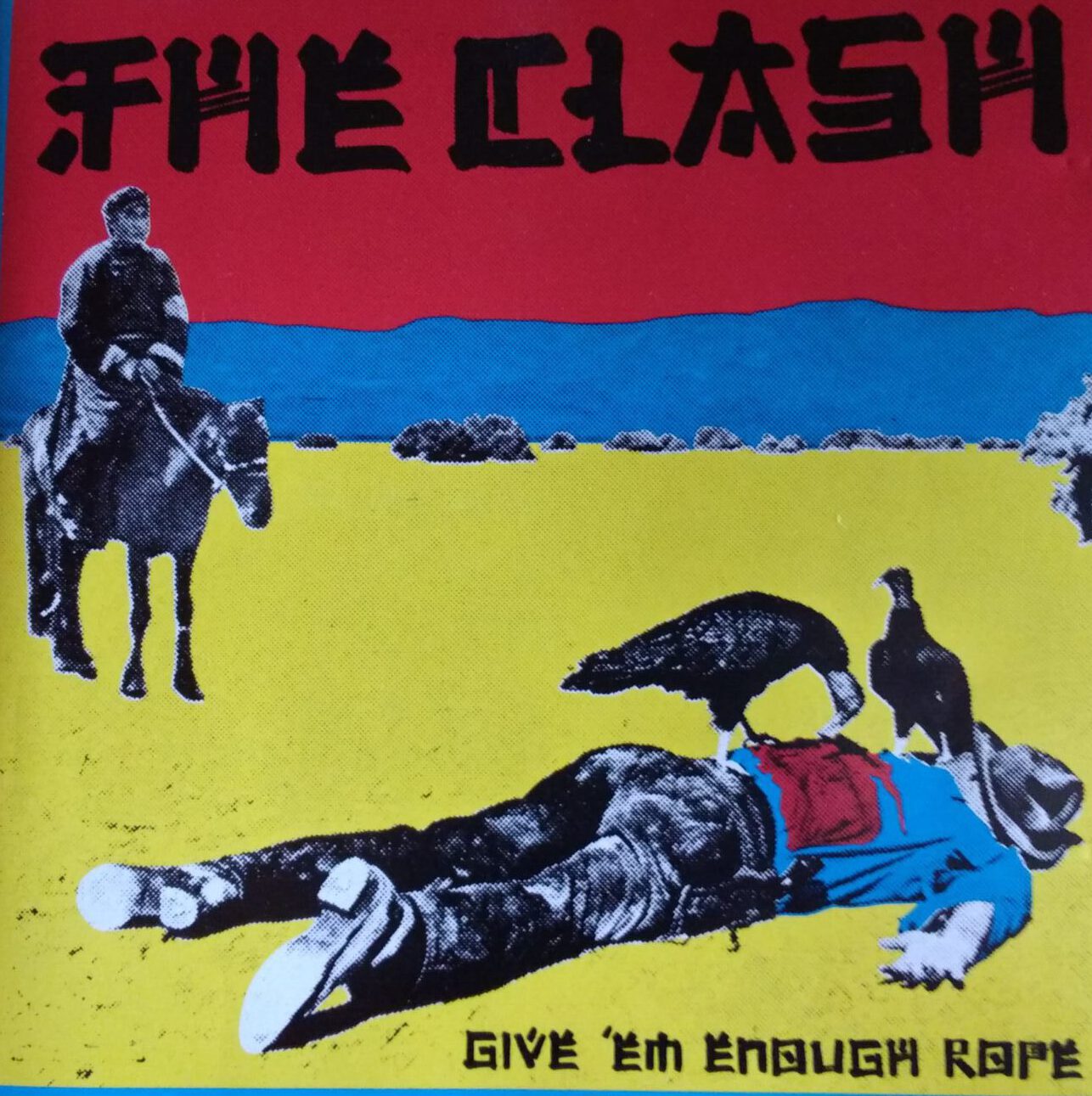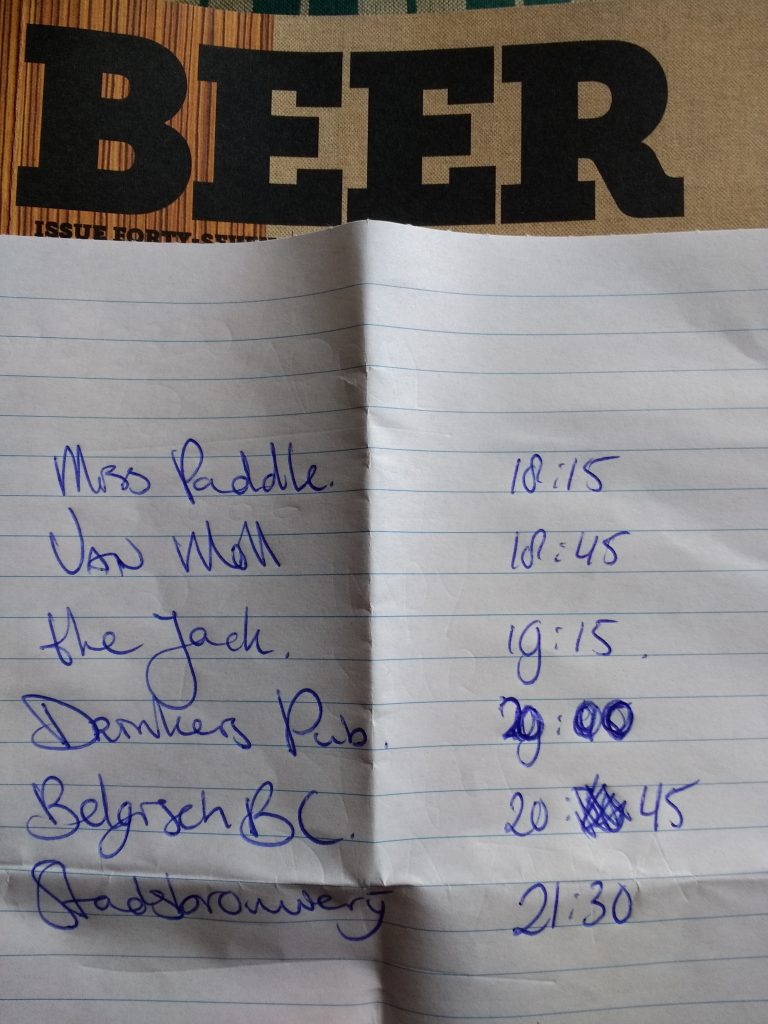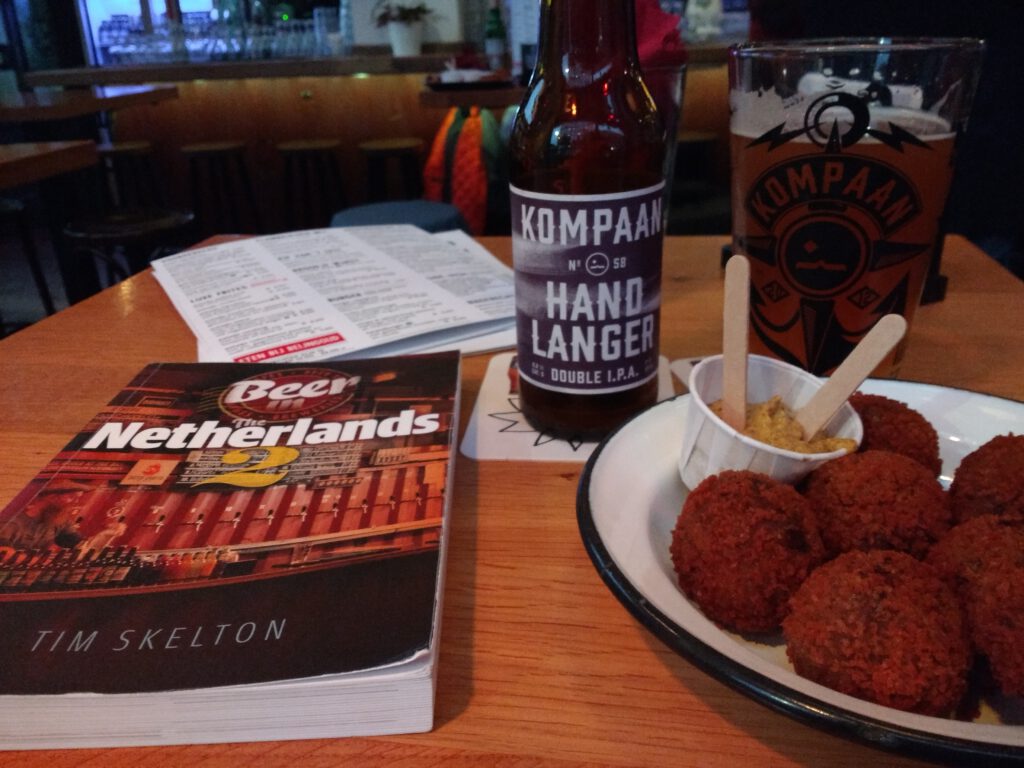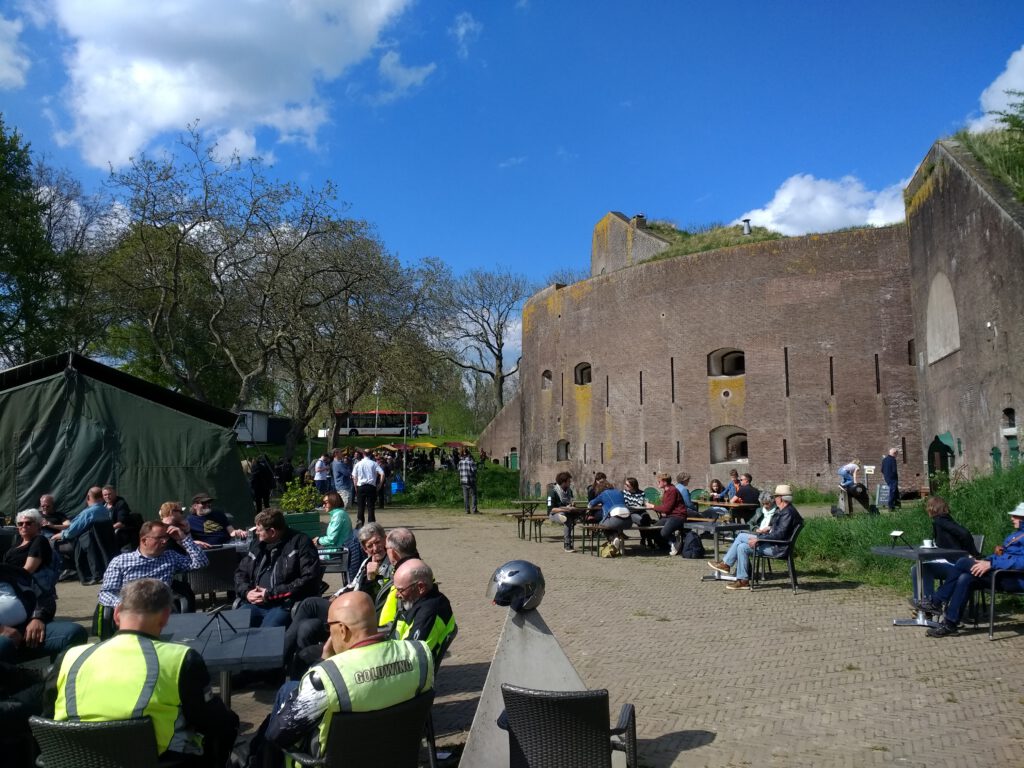The love of the new – 41 years on
[Disclaimer: this blog has nothing to do with beer…]
It won’t have escaped the notice of anyone visiting this site that beer is a big part of my life, but something else has played an even-bigger role: music.
Earlier this month, like every August, my wife Amanda and I should have been in Belgium with friends attending the Pukkelpop festival. It’s an event we discovered in 1990 thanks to a love of Nick Cave and the Bad Seeds, and we’ve returned many times since. In its initial form it was a one-stage-one-day affair with 10,000 attendees, but it has become a multi-stage multi-day celebration featuring over 200 acts.
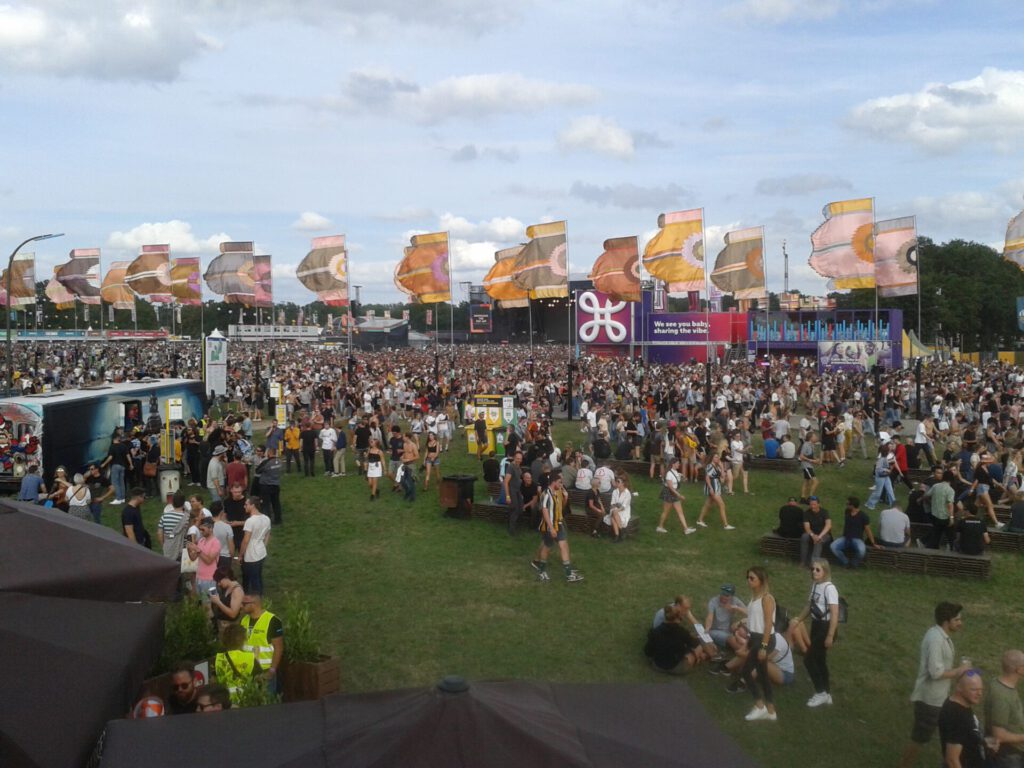
Under old pre-pandemic circumstances we would have been there discovering new (to us) artists, many of whom I would not have heard of before they were added to the bill. But for obvious reasons it didn’t happen this year.
So, in the absence of any new live acts to rave about, I find myself casting my mind back to a happier time, and the year when my love of gigs really took hold.
The year 1979 transformed my world. It was the year I turned 17, and while I had been to a handful of shows before, it was that year I became a regular concert-goer.
And there was one particular night in March, at the Camden Electric Ballroom in London, that changed everything.
Like many other gigs that year I was with my friend Ian, and when we arrived the auditorium was abnormally brightly lit – a TV crew on one side of the room was filming for an episode of the arts programme The South Bank Show about Rough Trade records. Headliners Stiff Little Fingers were the label’s current golden boys, having recently released Inflammable Material, a blisteringly raw debut album featuring punk songs despairing about the death and violence on the streets of their native Belfast.
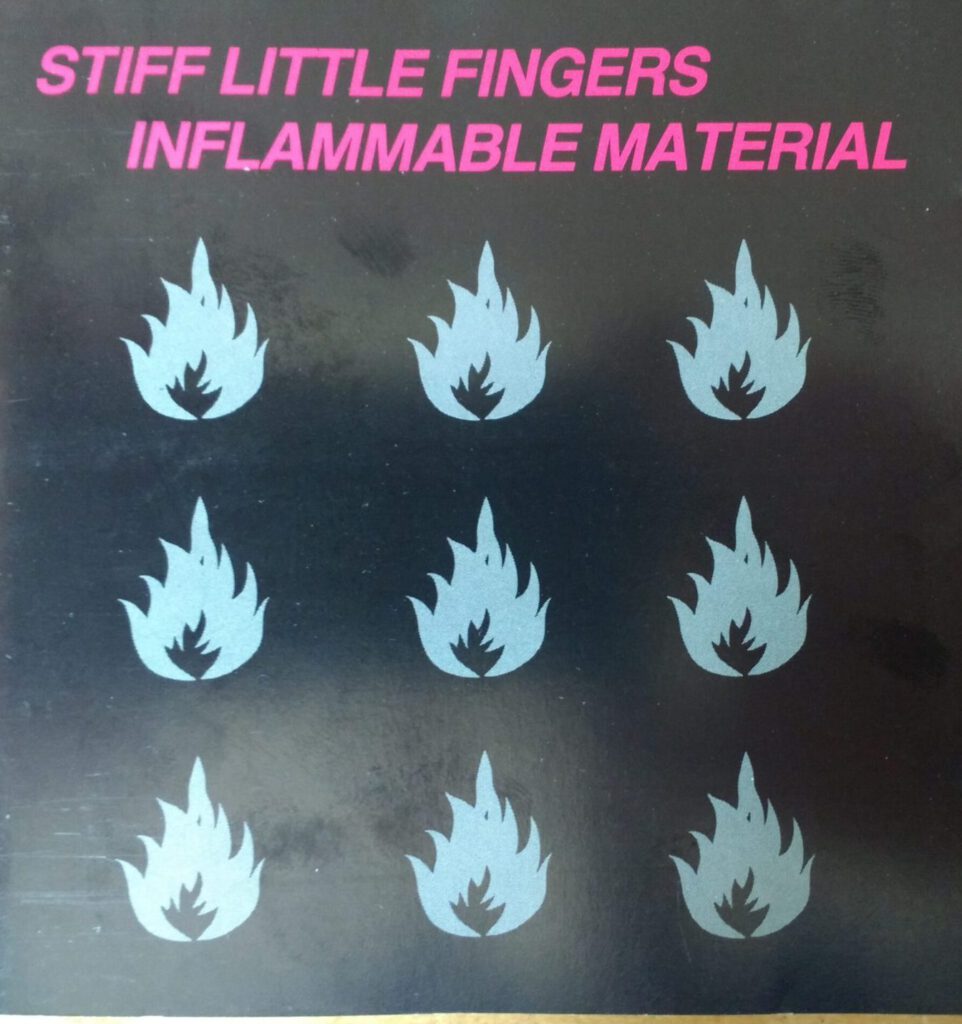
To use the term “electrifying” about their performance that night would be an understatement. Here was a bunch of angry young men in leather jackets, who strode onto the stage with a point to prove. They unleashed a wall of sound that threatened to burst through the walls of the cramped and claustrophobic venue, accompanied by lyrics spat from singer Jake Burns’s mouth in a torrent unleashed.
You don’t have to take my word for it. Several of the songs recorded by LWT that evening – such as Here We Are Nowhere and Wasted Life have latterly made it onto YouTube, the crowd rendered in a strangely blue-grey hue thanks to that TV lighting.
Another chapter in my coming of age story came a month later in April: Siouxsie and the Banshees at the Rainbow in London. That gig was a gloriously chaotic affair, one that I should look back upon and tut at my younger self for celebrating.
The theatre management had elected to leave the flip-up seats in the stalls, and they paid the price. In the crowd’s keenness to get to the front, the first ten or so rows were ripped from their moorings and swept forward in a tangled mass of humanity, shredded wood and torn velvet, all before the eyes of the helpless crew. And yes, I did help in that destruction.
For her part, Siouxsie thought the mayhem was a great giggle. She trotted about the stage trying to kick various security guards in the rear as they frantically tried to keep a lid on the situation.
Another favourite hangout during that year was the Lyceum Ballroom on London’s The Strand. It hosted bills featuring three or four new bands almost every Sunday night, providing me with happy memories of (among others) Skids, The B-52’s at their first-ever European gig, and The Human League. The latter were supported by Teardrop Explodes and The Beat, at a time when none were well known. The Human League ended up as headliners simply by virtue of being the first to release an album, but (thanks to championing by DJ John Peel) within a few weeks it was The Beat who had the first bona fide hit.
A great Lyceum memory was The Cure. Having recently released their first album Three Imaginary Boys they didn’t quite have enough songs to fill a complete set and had to resort to playing one song – 10.15 Saturday Night – a second time as their last encore.
Later that year I had an extra helping of band leader Robert Smith, when The Cure appeared as special guests during Siouxsie and the Banshees’ autumn Join Hands tour. It was a tour on which Smith unexpectedly found himself playing in both bands, thanks to the sudden departure of Banshees guitarist John McKay.
Some of the support acts I encountered in 1979 flickered brightly but all-too briefly, such as The Ruts, who provided a great intro for Skids, but who would be gone just a year later following the untimely death of lead singer Mal Owen. I was lucky enough to catch The Ruts a second time in 1979, again at the Electric Ballroom. At the start of their set they let off two theatrical flashpot explosions that completely filled the room with dense white smoke – it was mid set before the fog cleared enough for anyone to see the band.
Other supports went on to great things. Take The Human League, who supported Siouxsie at the Rainbow, or the already-mentioned Beat. And Def Leppard (supporting AC/DC) didn’t do too badly either as it turned out, even though I personally thought they were rubbish.
There were other acts lower on the bill that never quite shone at all, such as Rema Rema, openers for the Banshees and barely remembered now, but notable for being the plaything of ex-Banshee Marco Pirroni, who later enjoyed huge success as part of Adam and the Ants.
Perhaps the fondest memories of all were provided by new wavers The Members. They are dismissed by many as one-hit wonders for their catchy single Sound of the Suburbs, but I assume that’s because those people never saw them perform live and didn’t realise how great they were. A band that stood out not only for the exuberance of their on-stage energy, but also for the wit and often downright funny antics of lead singer Nicky Tesco.
Ian and I saw The Members several times that year, including a blistering headline show at the sweatbox Marquee Club in London’s Soho. But possibly the best occasion was their July appearance at a ‘Rock Against Racism’ benefit show, alongside reggae supremos Aswad and The Clash. Their performance that night nearly blew the headliners offstage.
Well, I say nearly – Joe Strummer and the gang were at the peak of their powers and were imperious that night. The image of an entire auditorium of several thousand people leaping in the air as one to the opening chords of Safe European Home will forever be engraved on my memory.
The night overran and we missed the last train out of London back to our then home town of Tonbridge. We made our way instead to the city centre and ended up buying tickets off a tout to a post-midnight showing of then-new Bond movie Moonraker at the Leicester Square Odeon. We spent the remaining night hours sitting in Waterloo station, waiting for the first Sunday morning train out, accompanied by a weird and wonderful cast of the kind of deranged and lost souls who inhabit the centre of large cities when everyone else has gone to bed. The situation should have been faintly disturbing and creepy, but one of the greatest benefits of being 17 is being fearless. And of course, slightly naïve and ignorant to any threat.
Which leads me on to one of the more surreal gigs of the year. Unless you are from West Kent you can be forgiven for never having heard of Otford. It is a tiny and normally very genteel place. But one night in October my friends and I saw a gig by arguably the two greatest anarcho-punk bands of the era – Crass and Poison Girls – at Otford Village Hall. It was an oddly contradictory night of visceral and ‘difficult’ political ranting-disguised-as-music, set against a backdrop of polite rural England.
As we left the show a gang of young locals rounded a corner and called out: “If they’re punks, throw them in the pond!” We didn’t hang around long enough to find out whether they were joking or not.
Happy days indeed. But I try not to become too nostalgic and stuck in the past. There was an energy and excitement about live music at the time, but there still is, and has been throughout the past four decades.
There are artists around now who give me as much of a thrill as did The Members, The Clash or Stiff Little Fingers in 1979, but who were far from being born back then. And at next year’s Pukkelpop I’ll hear bands play that right now I still don’t even know exist, but who I know I’ll love. Even if my pogoing is a tad more sedate these days.
